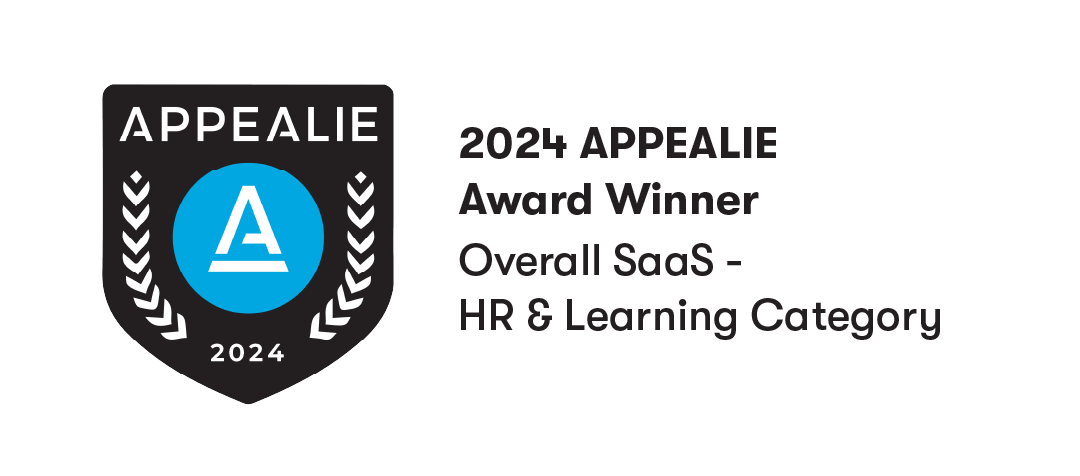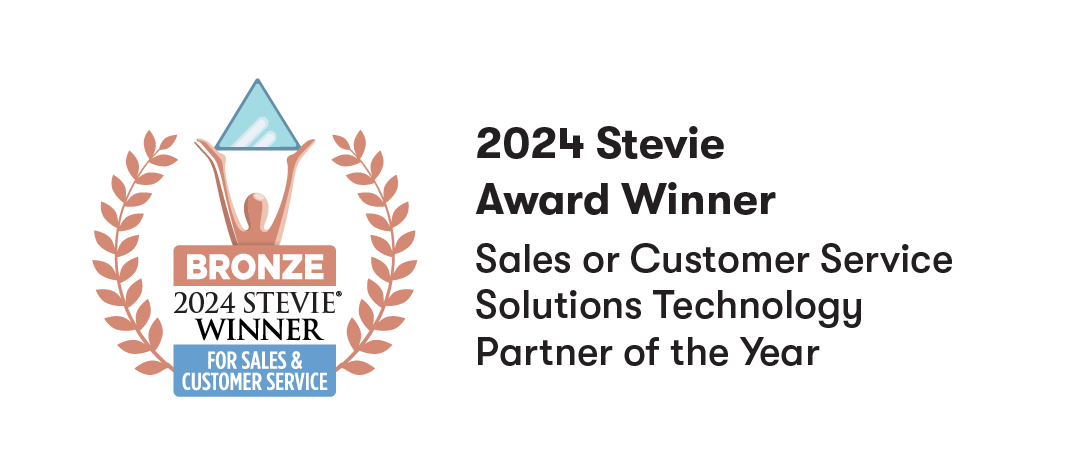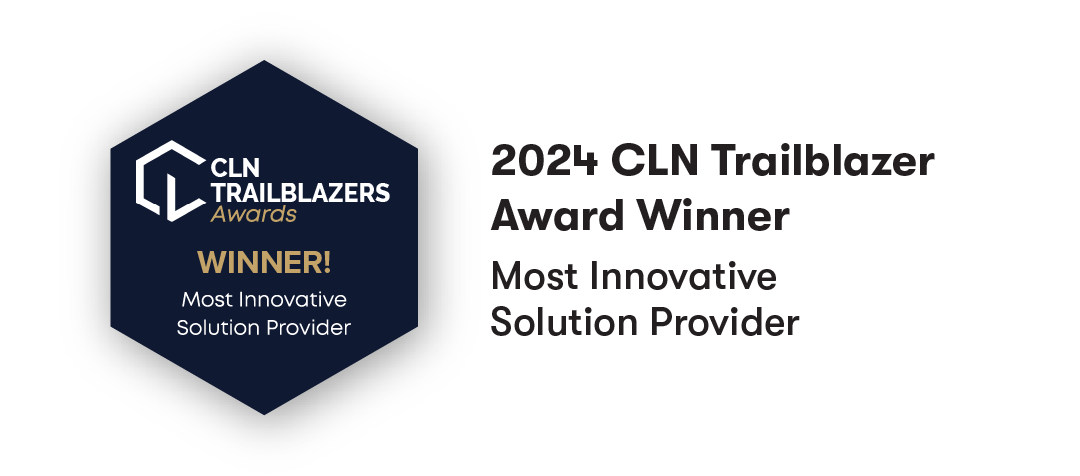
If you’ve ever struggled with clunky SCORM courses, you’re not alone. BrainStorm Flows give you the modern, flexible ability to build and deliver personalized, impactful training without the delays and constraints of legacy SCORM. See how the two approaches compare below.
| Category | SCORM | BrainStorm Flows™ |
|---|---|---|
| Flexibility & Modularity | Rigid course packages that are hard to break apart. Content is bundled into SCORM files, so making changes means editing and re-exporting the entire course. Reusing or reordering modules is cumbersome and usually requires re-publishing. | Highly modular learning flows with drag-and-drop assembly. Content (videos, PDFs, quizzes, etc.) can be easily rearranged or updated on the fly. This flexibility lets you tweak or expand training without starting from scratch. |
| Personalization & Adaptivity | One-size-fits-all courses with minimal adaptivity. While basic branching within a SCORM course is possible, it’s pre-defined and not dynamic. SCORM content can’t automatically personalize itself based on real-time user behavior or external data – all learners generally see the same static modules. | Adaptive workflows that tailor themselves to each learner. You can set triggers and branching rules (e.g. if user did X, then show Y) to deliver a “hyper-relevant” experience for every user. The platform can even adjust paths based on role or feedback, so each customer gets a customized learning journey. |
| Ease of Content Creation & Updates | Technical and slow to update. Creating SCORM content often requires specialized e-learning tools and technical know-how. Even a small update means going back to the authoring tool, editing slides or code, re-exporting a SCORM package, and uploading it to your LMS. This lengthy process makes it tough to keep content aligned with fast software release cycles. | No-code, quick authoring. Content creators can upload assets and build courses in minutes using a visual Flow Builder. Updating an existing Flow is straightforward – just drag in a new asset or edit a step, and the change is live for learners. No need to repackage files, which means training stays up-to-date with your software. |
| Integration with Tools & Platforms | Isolated in an LMS silo. SCORM modules typically live in an LMS or academy portal separate from the product itself. Integration with other tools is limited – any outreach (like emails or chat reminders) must be handled outside the SCORM content. There’s no native concept of pushing training based on real-time events (you rely on the LMS or manual triggers). This means users often have to leave the app to find training, rather than training reaching them proactively. | Seamless integration into the customer’s workflow. BrainStorm Flows isn’t confined to a standalone LMS – it can incorporate email campaigns, in-app prompts, and even tie into tools like Slack or Teams for notifications. The platform supports active delivery (it reaches out to users where they are). Flows can also be segmented by account or user group, allowing content distribution to align with CRM data or user roles. |
| Analytics & Data Insights | Basic tracking data. SCORM was designed for simpler metrics – typically whether a course was completed, time spent, and quiz scores. It offers little visibility into how training affects real-world product usage or customer success. More advanced experience tracking requires newer standards (the industry introduced xAPI to solve many of SCORM’s inherent tracking limitations), which traditional SCORM packages don’t address. | Rich insights into learning and product usage. BrainStorm provides detailed analytics, from completion rates to engagement stats, and even captures user feedback via in-line surveys. Crucially, it links training to product adoption – you can see how education impacts feature usage and retention. These data help teams refine content and demonstrate ROI of education efforts. |
| Mobile Access | Mixed mobile support. SCORM content usability on mobile depends on the authoring tool and LMS. Many legacy SCORM courses weren’t designed for small screens (some were Flash-based). While newer SCORM packages can be made mobile-compatible, they often don’t feel as smooth as a platform that was purpose-built for multi-device access. | Mobile-friendly by design. BrainStorm Flows is built for the modern learner, meaning content can be accessed on the web or mobile devices with a responsive interface. Users can easily engage with bite-sized training on the go, which is crucial for today’s on-demand learning culture. |
| Learning Experience & UX | Generic e-learning feel. SCORM courses tend to be linear and detached from the user’s immediate needs. Learners often have to go to a separate portal, launch a course, and click through a predetermined sequence. The UX is the same for everyone and can feel like a checkbox exercise (“finish this course”) rather than a personalized journey. There’s less interactivity beyond what the course designer built in, and it doesn’t inherently connect the dots to the user’s actual workflow or usage context. | Engaging, contextual experience. Learning with BrainStorm feels like part of the product journey, not a separate classroom. Content is delivered in campaigns and flows that meet users at the right moment – for example, triggering a tip when a user needs it, or recommending a module on a new feature release. The experience is interactive and varied (videos, emails, events, quizzes), keeping users engaged and helping them why and when to use features, not just how. Overall, it’s a modern, Netflix-like learning experience tailored to each user. |
| Speed of Deployment & Updates | Delayed deployment. With SCORM, delivering new or updated training to customers can be slow. After creating the SCORM file, you have to upload it to your LMS or academy and then notify users. If you maintain separate training sites for different customers, the process multiplies. Fast-moving teams often find that by the time a SCORM course is updated and delivered, the software has evolved again – a frustrating game of catch-up. | Lightning-fast rollout. BrainStorm Flows was made for SaaS agility. Need to update training for a new feature? Add the new content into the flow and publish – all users see the changes instantly. You can roll out a new onboarding sequence or campaign to thousands of customers with one click. This speed means your education keeps up with your development cycle, ensuring customers are never left with outdated info. |
| Collaborative & User-Generated Content | Top-down content only. SCORM doesn’t support user-generated content or easy collaboration on course creation. All the material is pre-packaged by instructional designers or training admins. If someone outside the content team has a great idea or update, it has to be funneled through a formal development process. Learners themselves can’t contribute to or directly influence the content in a SCORM module. Any community-driven learning (forums, shared tips, Q∓A) lives outside the SCORM course, since the standard itself has no provisions for collaborative content updates. | Collaborative and evolving. BrainStorm’s platform makes it easier for various stakeholders to contribute to training. Subject matter experts, customer success managers, or even marketing teams can all add value – whether it’s updating content, inserting a quick tip, or localizing a message – without heavy technical steps. The result is that content stays relevant and can even incorporate user feedback (through surveys and usage data) to improve over time. Some customer education leaders describe BrainStorm as “delivering many of the capabilities we long wished for”, turning content creation and iteration into a team sport rather than a solo act. |
Rigid course packages that are hard to break apart. Content is bundled into SCORM files, so making changes means editing and re-exporting the entire course. Reusing or reordering modules is cumbersome and usually requires re-publishing.
Highly modular learning flows with drag-and-drop assembly. Content (videos, PDFs, quizzes, etc.) can be easily rearranged or updated on the fly. This flexibility lets you tweak or expand training without starting from scratch.
One-size-fits-all courses with minimal adaptivity. While basic branching within a SCORM course is possible, it’s pre-defined and not dynamic. SCORM content can’t automatically personalize itself based on real-time user behavior or external data – all learners generally see the same static modules.
Adaptive workflows that tailor themselves to each learner. You can set triggers and branching rules (e.g. if user did X, then show Y) to deliver a “hyper-relevant” experience for every user. The platform can even adjust paths based on role or feedback, so each customer gets a customized learning journey.
Technical and slow to update. Creating SCORM content often requires specialized e-learning tools and technical know-how. Even a small update means going back to the authoring tool, editing slides or code, re-exporting a SCORM package, and uploading it to your LMS. This lengthy process makes it tough to keep content aligned with fast software release cycles.
No-code, quick authoring. Content creators can upload assets and build courses in minutes using a visual Flow Builder. Updating an existing Flow is straightforward – just drag in a new asset or edit a step, and the change is live for learners. No need to repackage files, which means training stays up-to-date with your software.
Isolated in an LMS silo. SCORM modules typically live in an LMS or academy portal separate from the product itself. Integration with other tools is limited – any outreach (like emails or chat reminders) must be handled outside the SCORM content. There’s no native concept of pushing training based on real-time events (you rely on the LMS or manual triggers). This means users often have to leave the app to find training, rather than training reaching them proactively.
Seamless integration into the customer’s workflow. BrainStorm Flows isn’t confined to a standalone LMS – it can incorporate email campaigns, in-app prompts, and even tie into tools like Slack or Teams for notifications. The platform supports active delivery (it reaches out to users where they are). Flows can also be segmented by account or user group, allowing content distribution to align with CRM data or user roles.
Basic tracking data. SCORM was designed for simpler metrics – typically whether a course was completed, time spent, and quiz scores. It offers little visibility into how training affects real-world product usage or customer success. More advanced experience tracking requires newer standards (the industry introduced xAPI to solve many of SCORM’s inherent tracking limitations), which traditional SCORM packages don’t address.
Rich insights into learning and product usage. BrainStorm provides detailed analytics, from completion rates to engagement stats, and even captures user feedback via in-line surveys. Crucially, it links training to product adoption – you can see how education impacts feature usage and retention. These data help teams refine content and demonstrate ROI of education efforts.
Mixed mobile support. SCORM content usability on mobile depends on the authoring tool and LMS. Many legacy SCORM courses weren’t designed for small screens (some were Flash-based). While newer SCORM packages can be made mobile-compatible, they often don’t feel as smooth as a platform that was purpose-built for multi-device access.
Mobile-friendly by design. BrainStorm Flows is built for the modern learner, meaning content can be accessed on the web or mobile devices with a responsive interface. Users can easily engage with bite-sized training on the go, which is crucial for today’s on-demand learning culture.
Generic e-learning feel. SCORM courses tend to be linear and detached from the user’s immediate needs. Learners often have to go to a separate portal, launch a course, and click through a predetermined sequence. The UX is the same for everyone and can feel like a checkbox exercise (“finish this course”) rather than a personalized journey. There’s less interactivity beyond what the course designer built in, and it doesn’t inherently connect the dots to the user’s actual workflow or usage context.
Engaging, contextual experience. Learning with BrainStorm feels like part of the product journey, not a separate classroom. Content is delivered in campaigns and flows that meet users at the right moment – for example, triggering a tip when a user needs it, or recommending a module on a new feature release. The experience is interactive and varied (videos, emails, events, quizzes), keeping users engaged and helping them why and when to use features, not just how. Overall, it’s a modern, Netflix-like learning experience tailored to each user.
Delayed deployment. With SCORM, delivering new or updated training to customers can be slow. After creating the SCORM file, you have to upload it to your LMS or academy and then notify users. If you maintain separate training sites for different customers, the process multiplies. Fast-moving teams often find that by the time a SCORM course is updated and delivered, the software has evolved again – a frustrating game of catch-up.
Lightning-fast rollout. BrainStorm Flows was made for SaaS agility. Need to update training for a new feature? Add the new content into the flow and publish – all users see the changes instantly. You can roll out a new onboarding sequence or campaign to thousands of customers with one click. This speed means your education keeps up with your development cycle, ensuring customers are never left with outdated info.
Top-down content only. SCORM doesn’t support user-generated content or easy collaboration on course creation. All the material is pre-packaged by instructional designers or training admins. If someone outside the content team has a great idea or update, it has to be funneled through a formal development process. Learners themselves can’t contribute to or directly influence the content in a SCORM module. Any community-driven learning (forums, shared tips, Q∓A) lives outside the SCORM course, since the standard itself has no provisions for collaborative content updates.
Collaborative and evolving. BrainStorm’s platform makes it easier for various stakeholders to contribute to training. Subject matter experts, customer success managers, or even marketing teams can all add value – whether it’s updating content, inserting a quick tip, or localizing a message – without heavy technical steps. The result is that content stays relevant and can even incorporate user feedback (through surveys and usage data) to improve over time. Some customer education leaders describe BrainStorm as “delivering many of the capabilities we long wished for”, turning content creation and iteration into a team sport rather than a solo act.
| Feature | SCORM | BrainStorm Flows |
|---|---|---|
| Update content in real-time | ❌ | ✅ |
| Personalized learning paths | ❌ | ✅ |
| Role-based segmentation | ❌ | ✅ |
| Multi-channel delivery | ❌ | (email, chat, in-app) |
| Real analytics & insights | Limited | Robust |
| Easy authoring | Requires expertise | No-code builder |
| Learner-centric UX | Static & siloed | Contextual & engaging |




By submitting this form, you are agreeing to BrainStorm, Inc.’s privacy policy.
Copyright © BrainStorm, Inc All rights reserved